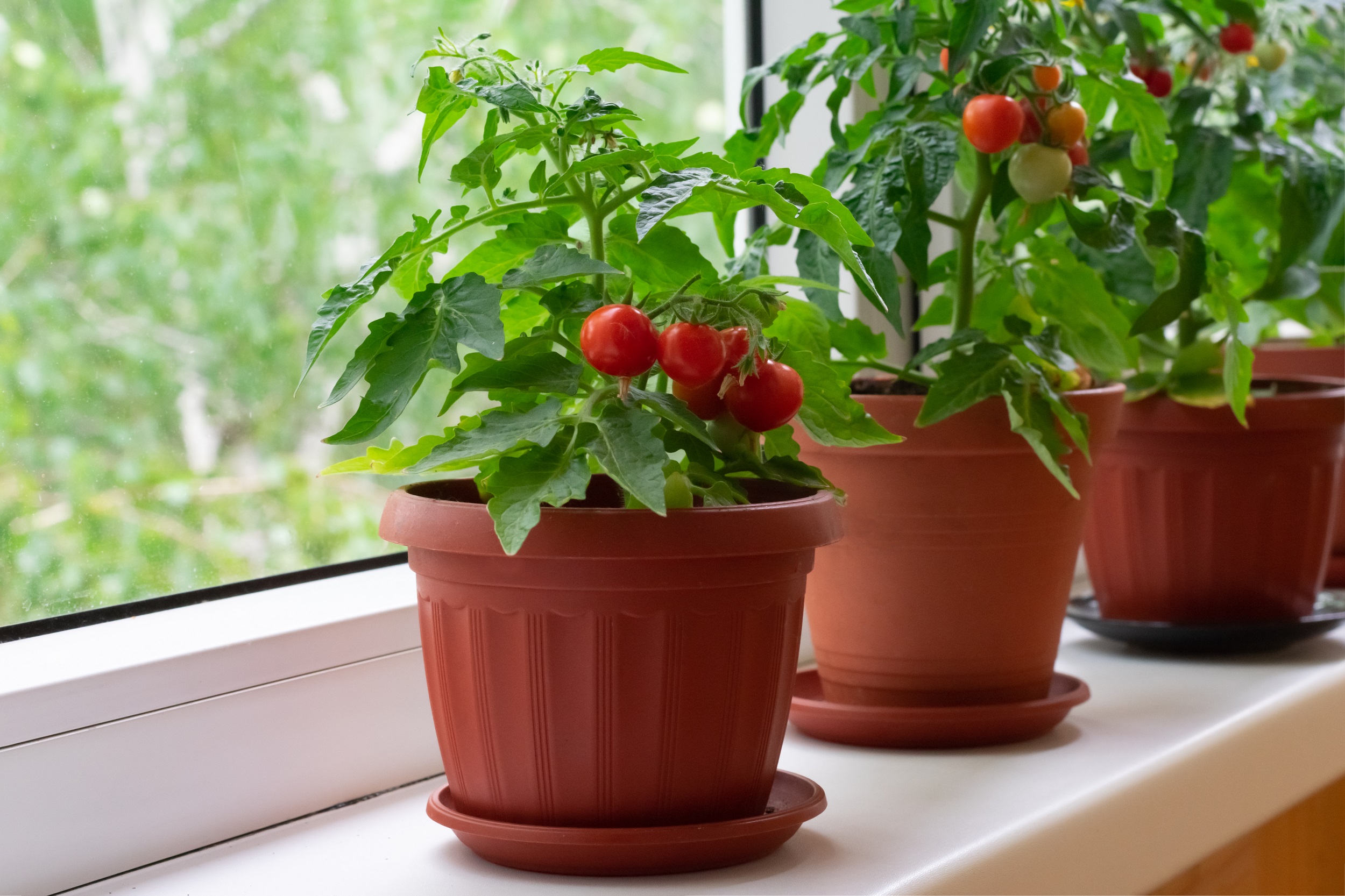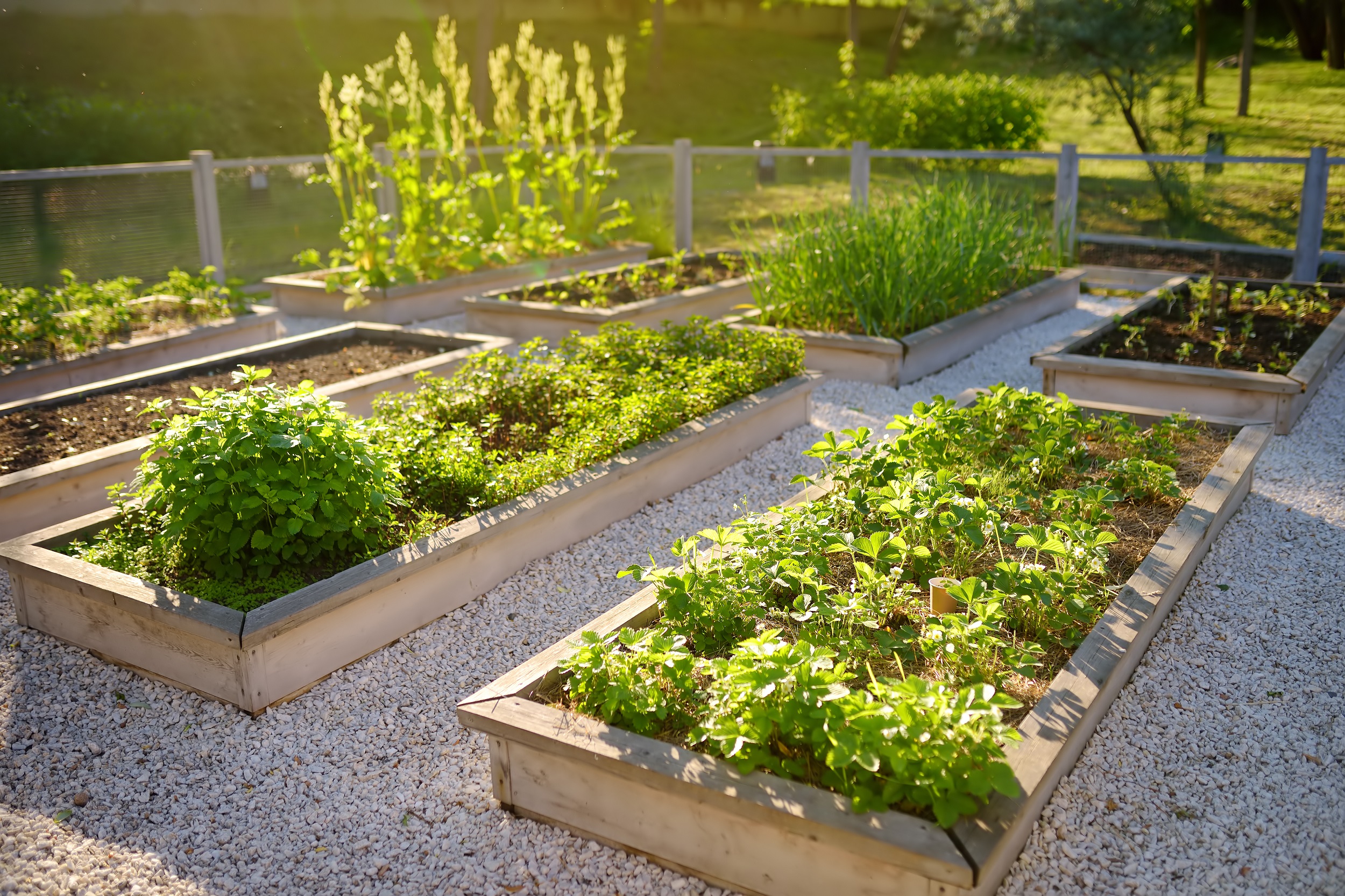Gardening in the warm months can seem like a challenge by itself. Growing vegetables all year-round? Seemingly impossible to a beginner. Yet there are so many benefits to making sure you have vegetables every month of the year rather than just in spring, especially if you are environmentally conscious and don’t want chemicals and toxins in your system.
However, the steps involved in planting and growing may seem incredibly daunting. However, the key to pushing out this anxiety is to simply employ some techniques and plan ahead of time. By the time you finish these five tips, you will have the knowledge and confidence to tackle seasonal gardens.
1. Decide what to plant and when

You have decided to try your hand at becoming a year-round gardener. The first positive thing about that? Any time is the perfect time to figure out which plants to grow in the next season. You will choose which plants to grow depending on your location. Different climates and different seasons allow for different vegetables to grow. Check your local gardening center, club, or organization to see which crops are most likely to grow in your location.
Certain tough crops can be planted in early February, while warm-season crops such as cucumbers, peppers, and tomatoes, can generally be planted after the last average date that your location gets frost. By late summer (late August, early September), you can begin to plant vegetables for your fall garden (at least two months before you expect the earliest frost). Some plants, like garlic and onions, can even be planted as late as October. The main point is to plant all year-round so that no matter what you’re harvesting vegetables.
2. Make a chart for your gardens
Keeping track of the different vegetables and what season to plant them can get confusing. That’s why creating a gardening calendar is the best thing you can do. Break the chart down into each month of the year, then do research to see what plants go best when (have you checked your with local gardening communities yet?).
A different option is to create a chart that breaks down things that need to be done in the garden by month, rather than by vegetable. For example, you could have a row for planting, another for maintenance, and another for the best times to harvest. Perhaps in April you could create a column to see which plants have to be planed, the next column shows how often to water them, and then the final column describes when to harvest them.
3. Plant in succession
Succession crops are the vegetables planted to fill in the gaps, so to speak, in your garden. When the first crops of the growing season are done, do not wait to plant. There are many vegetables that are perfect to grow between seasons, such as carrots or celery. For example, plant these crops from midsummer onward so that they grow well into autumn and winter. There are also quick-growing alternatives, such as bulb fennel and bush beans, both of which will be ready before the first frost in many locations.
It is also a good idea to have a dedicated place in your greenhouse, cold frame, or just a few pots in a sunny spot that allows you to grow crops from seed and have them ready at a moment’s notice to fill in the gaps. Basically, don’t waste any part of the seasons. There are vegetables that grow quickly and can create even more yields from your gardens so you do not miss out.
4. Time the yield to close the “hungry gap”
No, we did not make this up. A “hungry gap” is the point in time where the previous season’s crops are ready to be harvested, but the current season’s vegetables are not ready. This leads to smaller harvests. You can mitigate this by planning ahead. Plant vegetables, such as broccoli, cabbage, and leeks in late summer to grow through fall and into winter to join the produce stored during the winter, such as squashes, to keep your kitchen stocked.
5. Extend the growing season

There are many ways to expanding the growing season for your garden. Two ways that everyone can implement, provided you have the space, are raised-garden bedding and planting crops inside.
Raised-garden beds offer many advantages. They allow the soil to warm up earlier because they are raised, letting you grow crops sooner. Also, it is not that difficult to work in your garden when it rains because of the extra height. Raised garden beds also, generally, require less water and grow fewer weeds. You can purchase raised garden beds or build your own depending on your experience.
Planting seeds indoors is another viable option. If you begin growing some crops inside, you can then move them into your garden when other plants are harvested, making more use of a limited space. However, make sure you have a strong plan for garden layout and rotation (gardening calendar, anyone?)
In the end, creating a year-round garden is not impossible with planning, foresight, and a little bit of patience. There are ways of making the process easier, such as implementing a gardening calendar and asking for help from your local gardening communities. Follow these steps, and you will be harvesting all 12 months before you know it.
Editors' Recommendations
- Everything you need to know about choosing the best rocks for landscaping
- 6 tips you should keep in mind when building your own drought-tolerant garden
- Grow your indoor or outdoor garden and support these Black-owned plant shops for Black History Month
- Do you live in climate zone 10? Here’s our guide to choosing the perfect climate zone 10 plants
- What to do with an old Christmas tree: 6 ways to recycle your tree after the holidays



